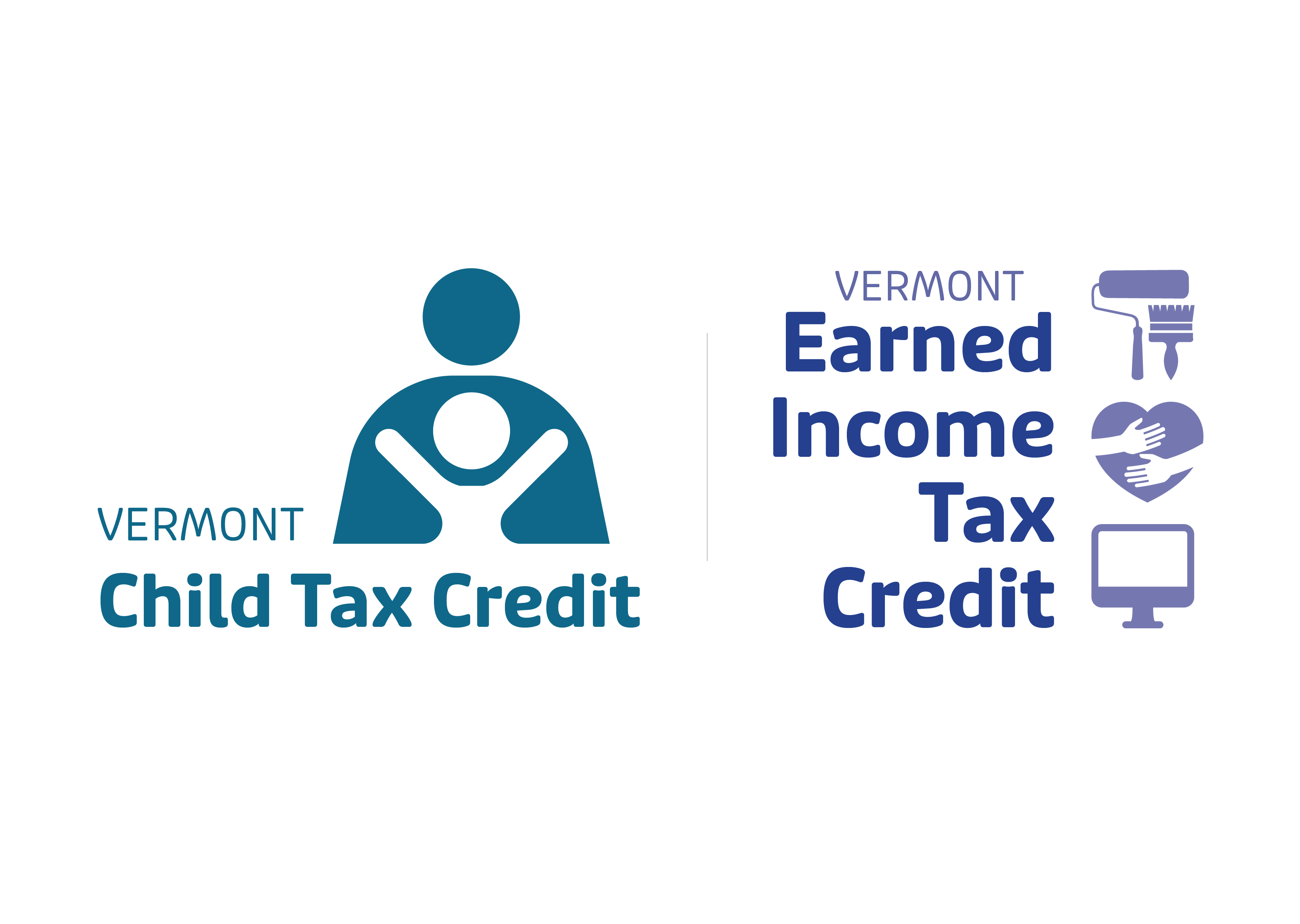Vermont personal income grew by 5.5 percent in 2023—to $43 billion total—the fastest growth in New England and slightly faster than the U.S. as a whole. The major components—earnings, dividends, interest, rent, and transfer payments—all increased, with transfer payments seeing the strongest growth.
The number of Vermonters employed hit 347,957 in March. This is the largest number of people working the state has ever seen, edging out the previous high in June 2018 by 683 people. Because the number of people seeking work is low, Vermont’s total labor force—those working and looking for work—is still below the 2009 peak.
Vermont saw more than a 20 percent increase in the number of workers represented by unions in 2023. Union representation—meaning both union members and nonmembers covered by union contracts—rose to 46,000 in 2023 from 38,000 the previous year, the biggest increase in at least a decade.
From 2018 through 2023, the share of Vermont workers covered by union contracts rose to 15.4 percent from 11.6 percent. That moved Vermont into seventh place among the states, by percentage of coverage. Hawaii leads the country, with more than a quarter of workers represented, while the U.S. as a whole comes in at 11.2 percent, about 16 million workers.
A projected jump in school taxes next year has everyone’s hair on fire in Montpelier. But before taking drastic action, legislators and the administration ought to take the time to assess all of the reforms of recent years to understand what’s really going on.
Nobody is saying that the double-digit increases in education spending and likely tax bills this year are sustainable, including many voters. In a normal year, a handful of school budgets get voted down while 90-95 percent of them pass. This year, a third went down, some more than once. The voters spoke and rejected increases that felt too high.
But does that mean Vermont needs more funding reform? It’s too soon to tell.
MOST RECENT
Vermont employment and income are highest everApril 22, 2024 Taking a beat on education funding reform
April 19, 2024 The labor market—and Labor—start 2024 on the upswing
March 22, 2024



